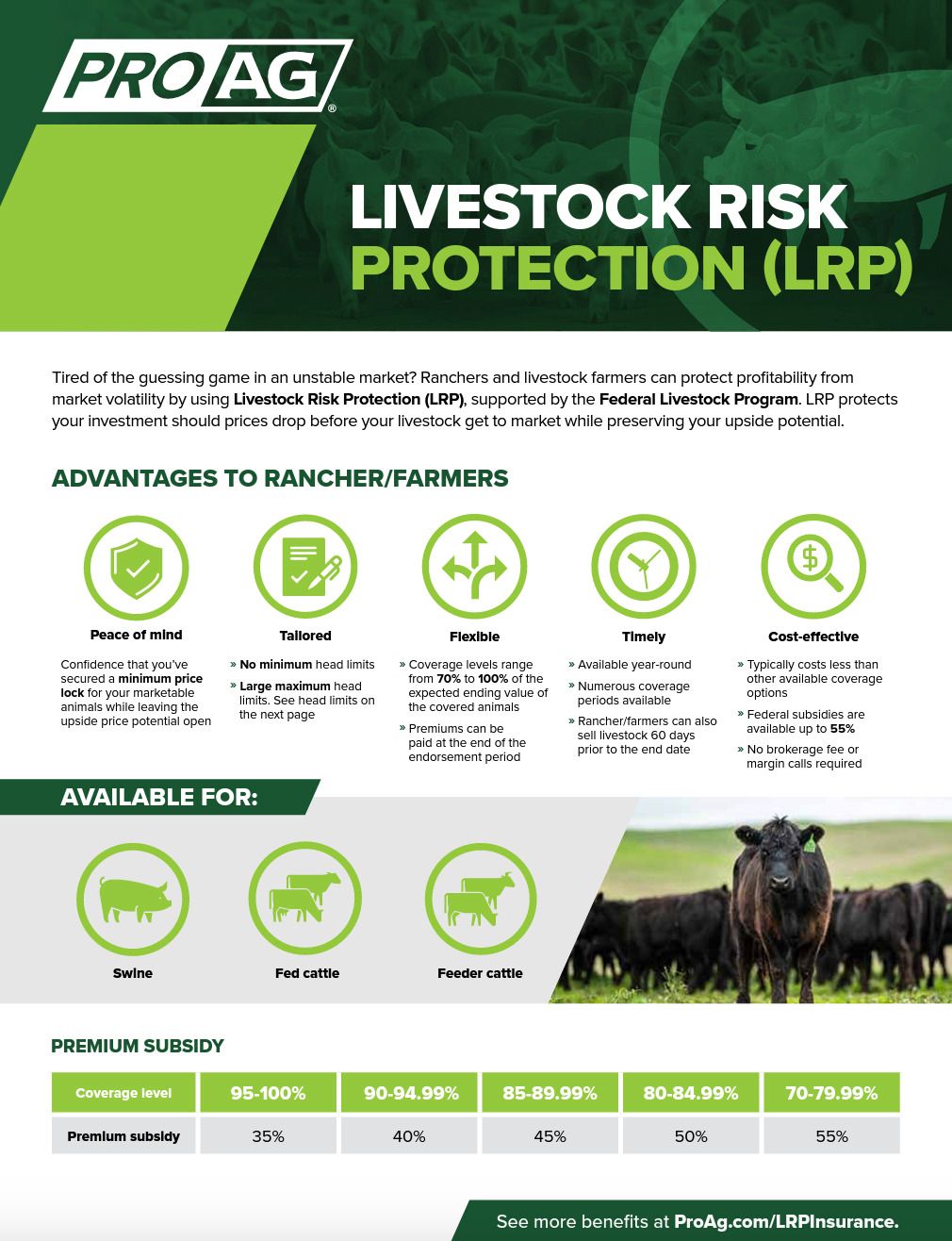How Bagley Risk Management can Save You Time, Stress, and Money.
How Bagley Risk Management can Save You Time, Stress, and Money.
Blog Article
Professional Support on Risk Analysis and LRP Insurance Solutions

The Importance of Threat Analysis
Reliable threat analysis is fundamental in the decision-making procedure of any kind of organization, directing strategic planning and resource appropriation. By systematically identifying, assessing, and focusing on potential threats, businesses can prepare for challenges, profit from chances, and make notified selections to accomplish their goals. Danger assessment allows companies to proactively address vulnerabilities, mitigate threats, and maximize their threat management methods.
Among the essential advantages of risk assessment is its function in improving operational efficiency. By recognizing the potential threats that might impact various facets of business, organizations can simplify procedures, designate sources better, and minimize the likelihood of pricey disruptions. Danger evaluation enables firms to conform with regulatory demands, protect their track record, and build trust with stakeholders.
Comprehending Prospective Losses
To comprehend the effect of danger analysis, it is imperative to comprehend the possible losses that might dramatically affect an organization's operations and economic security. Prospective losses can emerge from numerous sources, consisting of natural calamities, economic slumps, functional failings, governing adjustments, and cybersecurity violations. These losses can cause straight prices such as residential or commercial property damages, lawful expenditures, and penalties, in addition to indirect expenses like reputational damage and loss of market share.
Comprehending prospective losses involves conducting a thorough evaluation of the threats that can appear and approximating the economic effect they might carry the organization. By measuring these potential losses, companies can prioritize threat reduction initiatives and allot sources effectively. Moreover, an extensive understanding of prospective losses enables organizations to make educated decisions when choosing danger administration methods, such as acquiring insurance coverage or carrying out threat control steps. Bagley Risk Management.
Fundamentally, by identifying and understanding possible losses, organizations can proactively manage dangers and safeguard their lasting sustainability and success.
Role of LRP Insurance Coverage Solutions
The integration of LRP insurance remedies within a company's danger management structure improves resilience and fortifies economic stability versus unanticipated hardships. LRP, or Loss Recuperation Product, insurance policy services play an important role in minimizing the effect of possible losses by offering financial defense and support in times of situation. These insurance coverage remedies are tailored to fulfill the certain needs of organizations, using coverage for various threats such as building damage, organization interruption, responsibility insurance claims, and more.
LRP insurance coverage solutions aid organizations navigate difficult scenarios by offering a safety and security net that enables them to recoup and bounce back from troubles. By transferring the monetary risk to an insurance policy company, organizations can concentrate on their core operations with higher satisfaction, understanding that they are protected against significant financial losses. Additionally, LRP insurance coverage options can improve a company's threat administration approach by supplementing existing risk mitigation steps and making sure detailed defense across all locations of the original source prospective vulnerability - Bagley Risk Management. Generally, the function of LRP insurance coverage options contributes in safeguarding services and advertising long-term sustainability.
Identifying Key Threats
In the process of danger analysis, an important step involves determining key threats that have the potential to affect a company's operations and monetary stability. Recognizing essential dangers requires a detailed assessment of inner and external variables that can position hazards to the company's purposes. Internal threats might include operational inadequacies, compliance problems, or human source obstacles, while external dangers might incorporate economic recessions, regulative adjustments, or all-natural disasters.

Furthermore, vital dangers should be routinely examined and updated to line up with the dynamic organization atmosphere. This positive strategy makes it possible for organizations to stay ahead of prospective dangers and guard their long-term success.
Selecting the Right Protection
Having determined the crucial threats that could affect a company's procedures and economic security, the following essential step includes very carefully selecting the ideal insurance coverage to effectively handle and minimize these risks. Companies need to consider their particular risk direct exposure, economic abilities, and strategic purposes when it comes to choosing the appropriate coverage. It is vital to conduct a complete examination of the available insurance alternatives to make sure that the selected coverage straightens with the organization's risk monitoring objectives.

Organizations needs to function closely with knowledgeable insurance policy experts to examine their threat profiles and determine one of the most suitable insurance coverage items to resolve their needs. Tailoring insurance policy protection to specific dangers can assist maximize protection while reducing unneeded prices. In addition, organizations must assess policy conditions carefully to recognize the degree of protection provided and any type of possible exclusions that may affect their danger reduction approaches.
Conclusion
In conclusion, danger analysis is crucial in identifying prospective losses and picking the ideal LRP insurance policy remedies. By understanding crucial risks, organizations can mitigate economic impacts and safeguard their assets. It is vital to meticulously assess and examine threats to make sure proper protection is in area. Professional support can aid dig this navigate the intricacies of danger evaluation and insurance coverage options, giving organizations with the required tools to successfully take care of and minimize threats.
Expert advice plays an essential function in this process, offering beneficial great site insights into identifying and evaluating threats, as well as purposefully choosing appropriate insurance policy protection customized to minimize those dangers effectively. An extensive understanding of potential losses enables companies to make enlightened choices when choosing risk administration techniques, such as purchasing insurance coverage or carrying out risk control actions.

Report this page